New results from an atmospheric study over the Eastern North Atlantic reveal that tiny aerosol particles that seed the formation of clouds can form out of next to nothingness over the open ocean. Understanding the process will improve how aerosols and clouds are represented in models that describe Earth’s climate.
Tag: Climate Modeling

Four Decades of Advancing Computing for Discovery
Forty years of the Office of Science’s investments in applied mathematics and computational sciences are paying off in world-class infrastructure and research, as described in the ASCR@40 report.

Eight ways Argonne advanced science in 2020
Throughout 2020, Argonne answered fundamental science questions and provided solutions for the world.
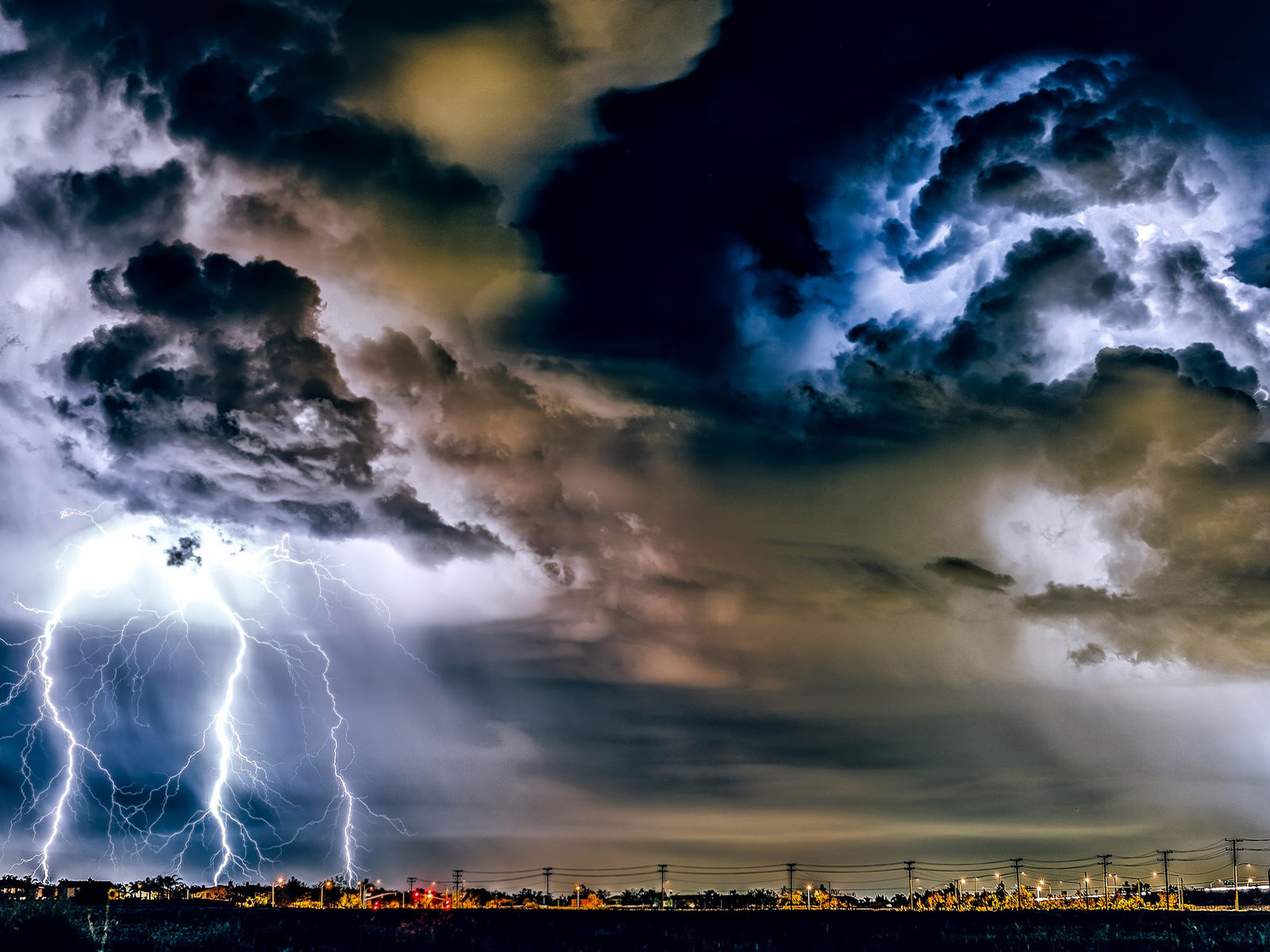
Urban Land and Aerosols Amplify Hazardous Weather, Steer Storms Toward Cities
Urban landscapes and human-made aerosols have the potential to not only make gusts stronger and hail larger; they can also start storms sooner and even pull them toward cities, according to new research exploring the impact of urban development on hazardous weather, led by PNNL researchers.
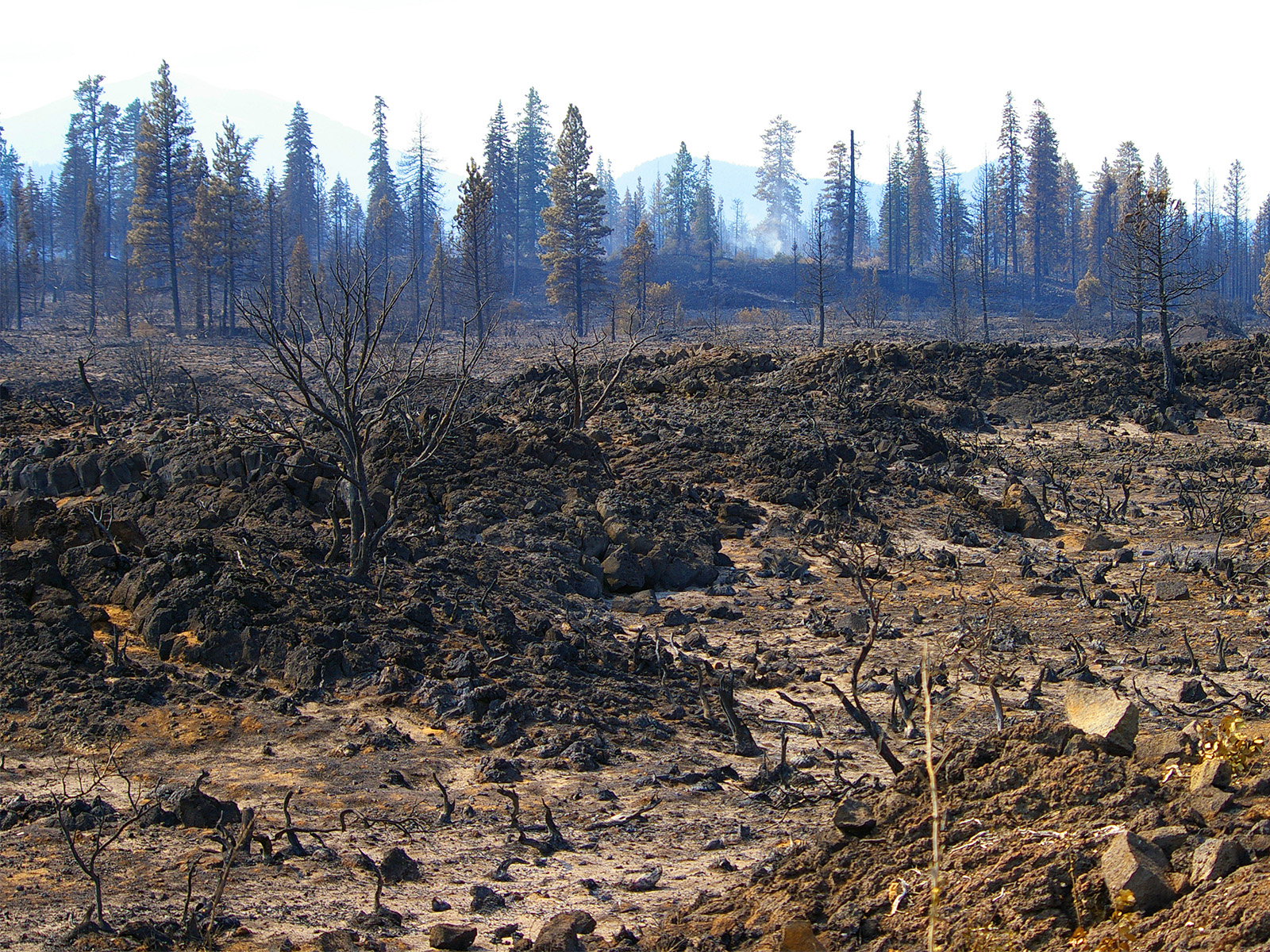
Error Correction Means California’s Future Wetter Winters May Never Come
California and other areas of the U.S. Southwest may see less future winter precipitation than previously projected by climate models. After probing a persistent error in widely used models, PNNL researchers estimate that California will likely experience drier winters in the future than projected by some climate models, meaning residents may see less spring runoff, higher spring temperatures, and an increased risk of wildfire in coming years.
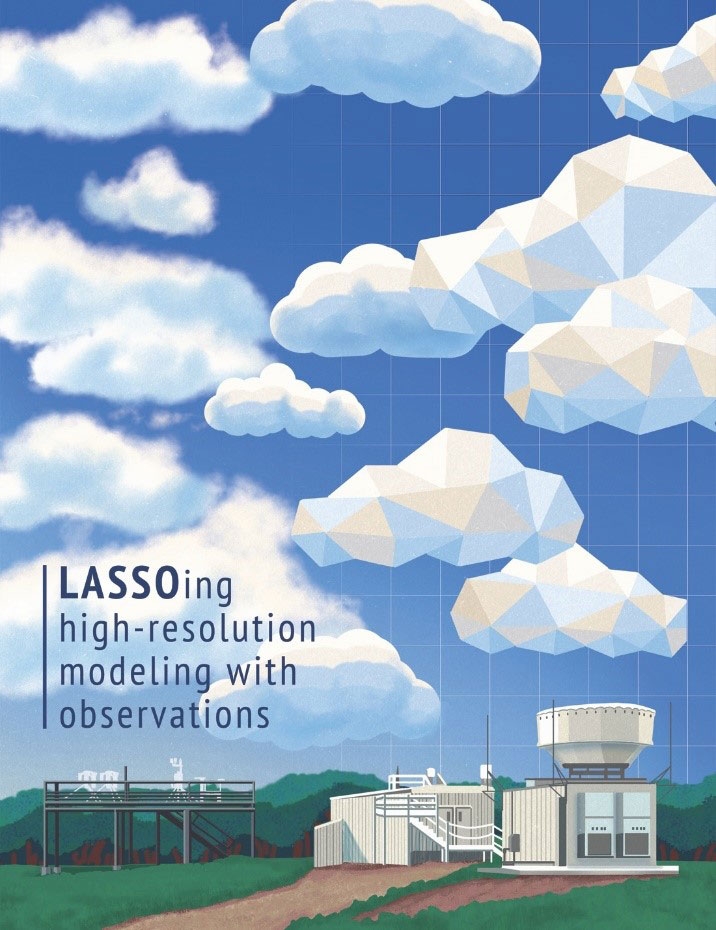
Bridging the Model-Data Divide for Elusive Clouds
Combining large-scale atmospheric models and observations is a long-standing challenge, in part because of the mismatch between different spatial and temporal scales. For example, shallow convective clouds are so small that typical atmospheric models cannot represent individual clouds. The Department of Energy’s Large-Eddy Simulation Atmospheric Radiation Measurement Symbiotic Simulation and Observation activity seeks to bridge these scale gaps.

Polar ice, atmospheric water vapor biggest drivers of variation among climate models
A Florida State University researcher is part of a team that has found varying projections on global warming trends put forth by climate change scientists can be explained by differing models’ predictions regarding ice loss and atmospheric water vapor.
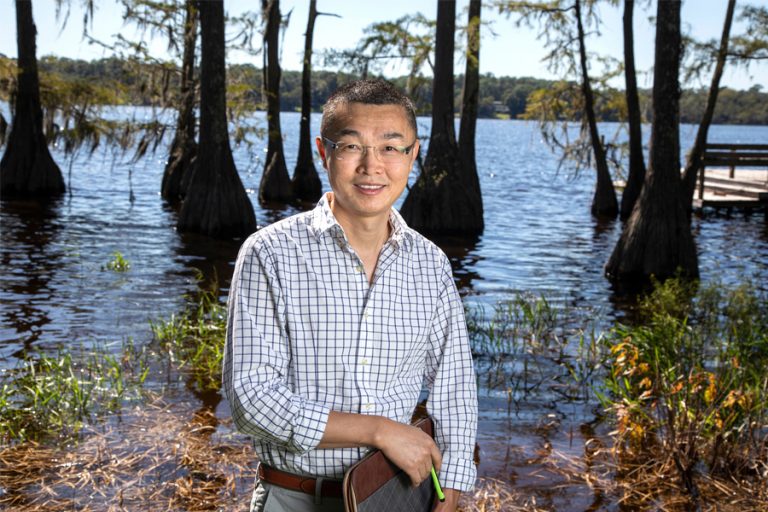
New climate model helps researchers better predict water needs
New research from the FAMU-FSU College of Engineering combines climate and land use projections to predict water availability, information that is crucial for the preparations of resource managers and land-use planners.

New Great Lakes modeling improves operational forecast system
Forecasting the water levels, temperatures, and currents of the Great Lakes is important because conditions on the lakes affect commerce, recreation, and community well-being. These forecasts comprise the Great Lakes Operational Forecast System (GLOFS), an automated model-based prediction system operated by the National Oceanic and Atmospheric Administration (NOAA). Michigan Tech helps NOAA improve the GLOFS model.

Physical Scientists Turn to Deep Learning to Improve Earth Systems Modeling
The role of AI in science is at a turning point, with weather, climate, and Earth systems modeling emerging as an exciting application area for physics-informed deep learning. In this Q&A, NERSC’s Karthik Kashinath discusses what is driving the scientific community to embrace these new methodologies.

Novel Measurement and Forecasting Systems Make ‘Weathering the Storm’ More Precise
In the last several decades, more than half of the deaths associated with tropical cyclones in the U.S. were due to inland flooding. Unfortunately, current forecasting capabilities are limited. Researchers are developing a warning system for more accurate and timely detection and forecasting of inland and coastal floods, under a variety of precipitation regimes. The technology will enable local and state governments to more effectively plan and respond to tropical storms.
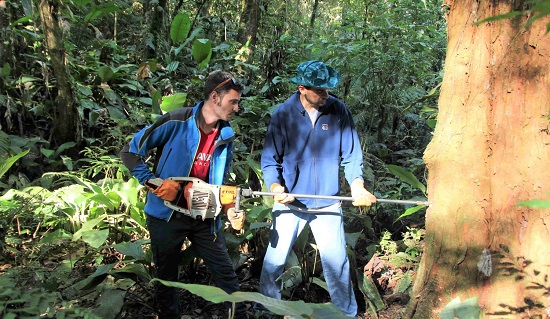
Study: Climate Scientists Create Model for Global Forest Growth Through 2060
In a new study, researchers at the University at Albany have turned to more than a century’s worth of data (from 1901 to 2012) in NOAA’s International Tree Ring Data Bank to both analyze historical tree growth at 3,579 forests around the world and create a model for future projections (from 2045 to 2060).

Columbia Researchers Provide New Evidence on the Reliability of Climate Modeling
Observational data of equatorial circulation pattern confirms that the pattern is weakening, a development with important consequences for future rainfall in the subtropics. Columbia Researchers Provide New Evidence on the Reliability of Climate Modeling Observational data of equatorial circulation pattern…